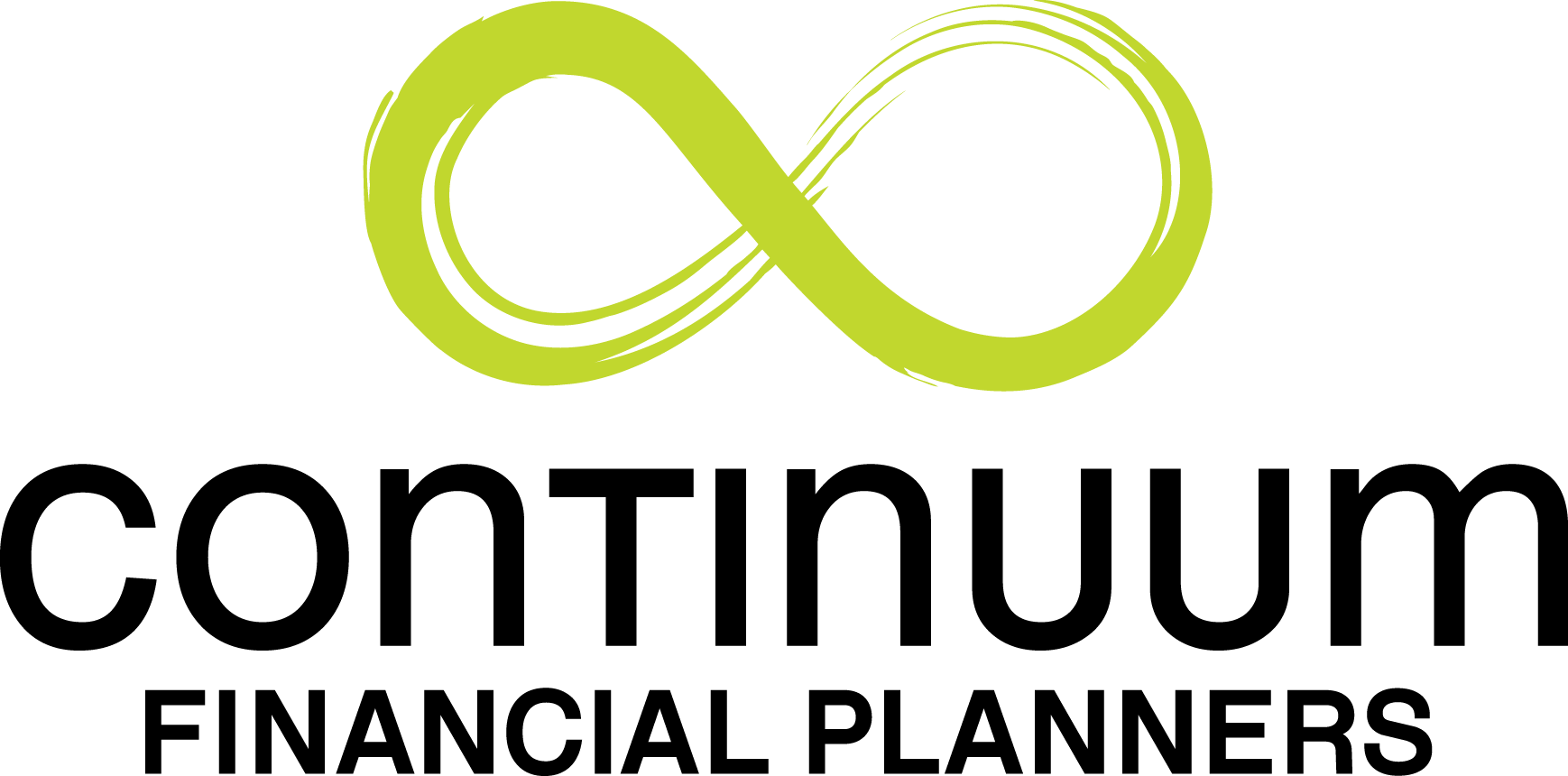Protecting Your Small Business from the Unexpected
The majority of businesses in Australia are classified as SME. They are small to medium enterprises. Small businesses depend on key people. Typically, an owner or one or two trusted employees in these businesses drive their success. When a key person falls ill, gets injured, or dies, business sustainability is at risk. Business-centric life insurance is an affordable, sustainable foundation to business continuation.
Plan Ahead for Success
The typical structure of small business is as –
- a sole trader,
- partnerships,
- family discretionary trusts, and
- companies,
the principals of which need to plan for unexpected events.
You should secure a strategy that protects your business. This will include –
- prepare for both temporary and permanent losses;
- document your plans; and
- secure appropriate insurance.
Document Your Plans for Business Transfer
Owners of businesses of all scale, but particularly small ones, are encouraged to develop a documented strategic plan that –
- documents how ownership transfers after critical events. This action will obviate disputes among multiple owners (and their families).
- incorporate a succession plan. This should include identifying and preparing potential future leaders.
- are supported with buy–sell agreements, outlining share/ ownership transfers. Such plans cover events like death, disability, retirement, and bankruptcy.
Secure the Right Insurance
Appropriate life insurance protects your business during crises. Buy–sell agreements are able to be funded with policies covering death, total disability, and trauma. Obtain additional protective coverage for a complete safety net. Some key business-centric life insurance products include –
- Keyperson insurance funds replacement of vital staff.
- Income protection insurance secures personal earnings.
- Business overheads insurance pays for essential expenses.
A Real-World Example
Jeff, a sole trader, runs a plumbing business. He employs Daniel for office tasks and Renee as an apprentice. His business turned over $470,000, and he earned $80,000 last year. On our professional advice, Jeff secured a comprehensive insurance plan.
During a subsequent ski trip, Jeff tore his ACL. He could not work for four months. His income protection policy paid $5,000 each month. Overhead insurance covered his business expenses such as salaries, rent, and utilities. These insurances kept Jeff and his business financially viable without his physical input.
Another Case in Point
Garry and George co-own a catering business. They now have several employees and exceed $3.5 million in annual turnover. Garry suffered a heart attack. Although he recovered, he chose to step back from work. With our support, they had a buy–sell agreement supported by insurance.
A trauma insurance policy paid a lump sum. This payment enabled George to buy Garry’s share. The business continued with minimal disruption and without financial stress.
Your Next Steps
Each business is unique. So –
- Plan for unexpected events.
- Document ownership transfer intentions.
- Secure proper insurance.
How ContinuumFP advisers can help
The Continuum Financial Planners team of experienced financial advisers care about your financial and personal well-being. To review your preparedness for an untimely financial disruption, arrange an appointment with a professional adviser from our team, by –
- phoning our office on 07-3421 3456; 0r
- at your convenience, use the linked Book A Meeting facility.
(This article was first posted by us in February 2025.)

